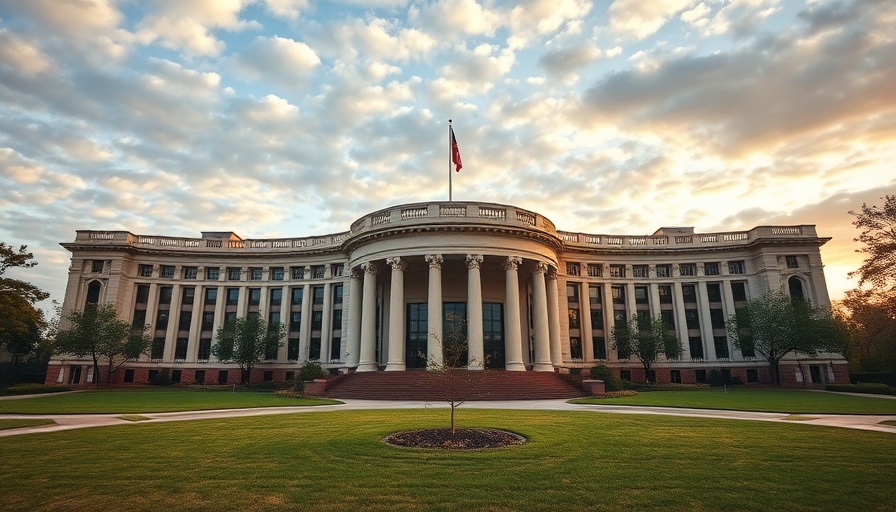
The Impact of EPA Office Closures on Rural Communities
In recent weeks, the announcement of closures to the Environmental Protection Agency's (EPA) regional offices dedicated to environmental justice has sent ripples through rural communities across America. These offices played crucial roles in advocating for the health and safety of underserved populations, acting as watchdogs for pollution and environmental hazards that often disproportionately affect rural areas. As these offices shutter, the implications for community health and wellbeing are deeply concerning.
Understanding Environmental Justice
Environmental justice encompasses the fair treatment and meaningful involvement of all people, regardless of race, color, national origin, or income, in environmental laws and regulations. It ensures that everyone has access to a healthy environment. The EPA's regional offices focused on identifying and addressing these disparities, providing resources and support to marginalized communities vulnerable to environmental degradation. With their closure, many fear that rural and low-income families will face increased exposure to pollutants without adequate advocacy.
Rural Health Risks: A Growing Concern
Statistics highlight alarming trends in rural health, including higher rates of chronic diseases and limited access to healthcare facilities. According to health studies, communities affected by industrial pollution see a rise in respiratory issues, heart disease, and even mental health problems exacerbated by environmental stressors. The closure of EPA offices that specifically target these issues means less monitoring, fewer resources for community health initiatives, and a potentially grim outlook for vulnerable populations.
Voices of Concern: Community Reactions
Community leaders and rural residents express urgent concerns over how these closures will impact their health and environment. Without the advocacy and resources previously provided by the EPA, many rural towns fear increased industrial activity without consideration for public health. Local leaders emphasize the need for sustainable practices and environmental accountability, arguing that the government has a responsibility to protect the most vulnerable citizens.
Positive Alternatives: Community-Supported Initiatives
In light of these setbacks, grassroots initiatives and community-supported projects are emerging, aiming to fill the void left by the EPA's regional offices. Partnerships between local organizations and health advocacy groups are increasingly focusing on educating communities about environmental health and safety. These initiatives emphasize sustainable agriculture, responsible industrial practices, and raising awareness about the impacts of pollution—proactive steps that can mitigate health risks even in the absence of EPA resources.
Forward-Looking Solutions: Sustaining the Movement
As less support from federal offices becomes the norm, it's vital for communities to innovate and advocate for themselves. Engaging in local governance, utilizing social media for awareness campaigns, and forming coalitions are strategic ways for rural communities to maintain focus on environmental justice. Ensuring that policymakers recognize these concerns will be paramount in shaping effective regulations moving forward.
Join the Conversation
It's essential that we, as engaged citizens, remain active participants in discussions about environmental justice. Understanding how these shifts impact our communities and ways we can advocate for change has never been more necessary. Whether through support for local initiatives, educating ourselves and others on sustainable practices, or voicing concerns to local policymakers, our collective actions can drive the movement forward even in challenging times.
Without the EPA's regional offices to champion the most vulnerable, we all have a role to play in safeguarding community health. Take action by reaching out to your local representatives, supporting environmental initiatives in your area, and fostering discussions about the critical nature of environmental justice in your community.
 Add Row
Add Row  Add
Add 




Write A Comment